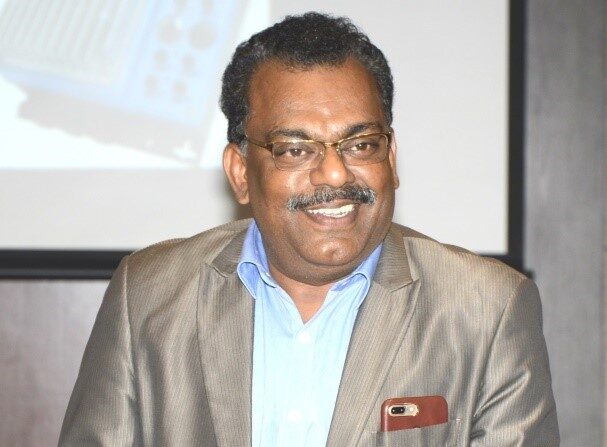P.L. Muthusekkar, MD, NORD Drivesystems , shares his Views on Digitization
What are the major areas where you see carmakers adopting digitization in India, and how does that fare with the global scenario?
The term Industry 4.0 includes the intelligent interlinking of digital data and processes with the physical world, i.e. with humans, machines and smart objects. This global networking and interaction are also known as the Industrial Internet of Things (IIoT). The aim of Industry 4.0 is a flexible, modular, and self-organising production that coordinates its processes decentrally and autonomously.
The intelligent components which are combined in the automation network then communicate with each other as well as with the higher-level system control – if necessary, via Internet and cloud solutions across locations and even globally. Drive technology is one of the most important automation components and must participate in this communication. Each drive unit is an active participant in the IIoT with its own personal address. Because of this, all NORD DRIVESYSTEMS geared motors are Industry 4.0 READY ex-works. This means that they are technically configured so that they can be directly integrated as active components in Industry 4.0 environments worldwide.
The prerequisites for this are the internal PLC as decentralised intelligence and the extensive range of communication options (interfaces, sensors and actuators). In addition, there is the scalability of the drive technology, because the configuration of the drive and the automation solution can be optionally extended depending on the automation task.
Condition Monitoring for Predictive Maintenance –
For CONDITION MONITORING, drive and status data are recorded periodically or continuously in order to optimise the operational safety and efficiency of machines and plants. CONDITION MONITORING can provide major information for PREDICTIVE MAINTENANCE. The objective is to maintain machines and plants proactively, to reduce downtimes and to increase the efficiency of the entire plant.
Condition Monitoring –
The Industrial Internet of Things (IIoT) focuses on internet usage in industrial processes and procedures. IIoT aims at increasing operational efficiency, reducing costs and speeding up processes. Sensors and sensor data playing a central role provide the basis for CONDITION MONITORING and PREDICTIVE MAINTENANCE.
Advantages for Our Customers –
- Detection and avoidance of impermissible operating states at an early stage
- Status-oriented maintenance replaces time-based maintenance
- Plannable machinery and plant downtimes based on real drive and process data
- Reduction of service and material costs
- Longer service life of components and machine
- Increase in system availability
- Avoidance of unplanned downtimes
- Plannable and cost-optimised repair
How do you see the role of digitization in the growth of India’s auto industry? Can digitization help with the major challenges that the auto industry is facing, such as low or stagnant growth, stricter regulations, changing consumer preferences, etc.?
NORD products are specifically tailored to meet automotive production system needs. NORD product applications include: • MOVING AND POSITIONING SYSTEMS • DECENTRALIZED DRIVE SYSTEMS.
NORD Drive Systems provides responsive production solutions for the Automotive industry, furnishing customized components such as • speed reducers • motors • inverters/controllers
NORD components are robust; they are designed to operate continuously for long periods, requiring only minimal servicing. NORD’s 50+ years of design and application experience includes parallel shaft gearboxes, right-angle gearboxes, and integral gear motors. With field distribution systems mounted directly on the drives, wiring and installation effort is minimal. NORD’s Power Plug Quick Connector provides easy disconnect and reconnect for the motor wiring, which permits rapid exchange of malfunctioning components, which is extremely important in the automobile industry.
A primary objective of automation processes is to maximize production cycle rates, synchronize automation operations, and minimize the unproductive time in all production stages and sequences. Achieving this objective requires highly responsive, readily adaptable drive units.

